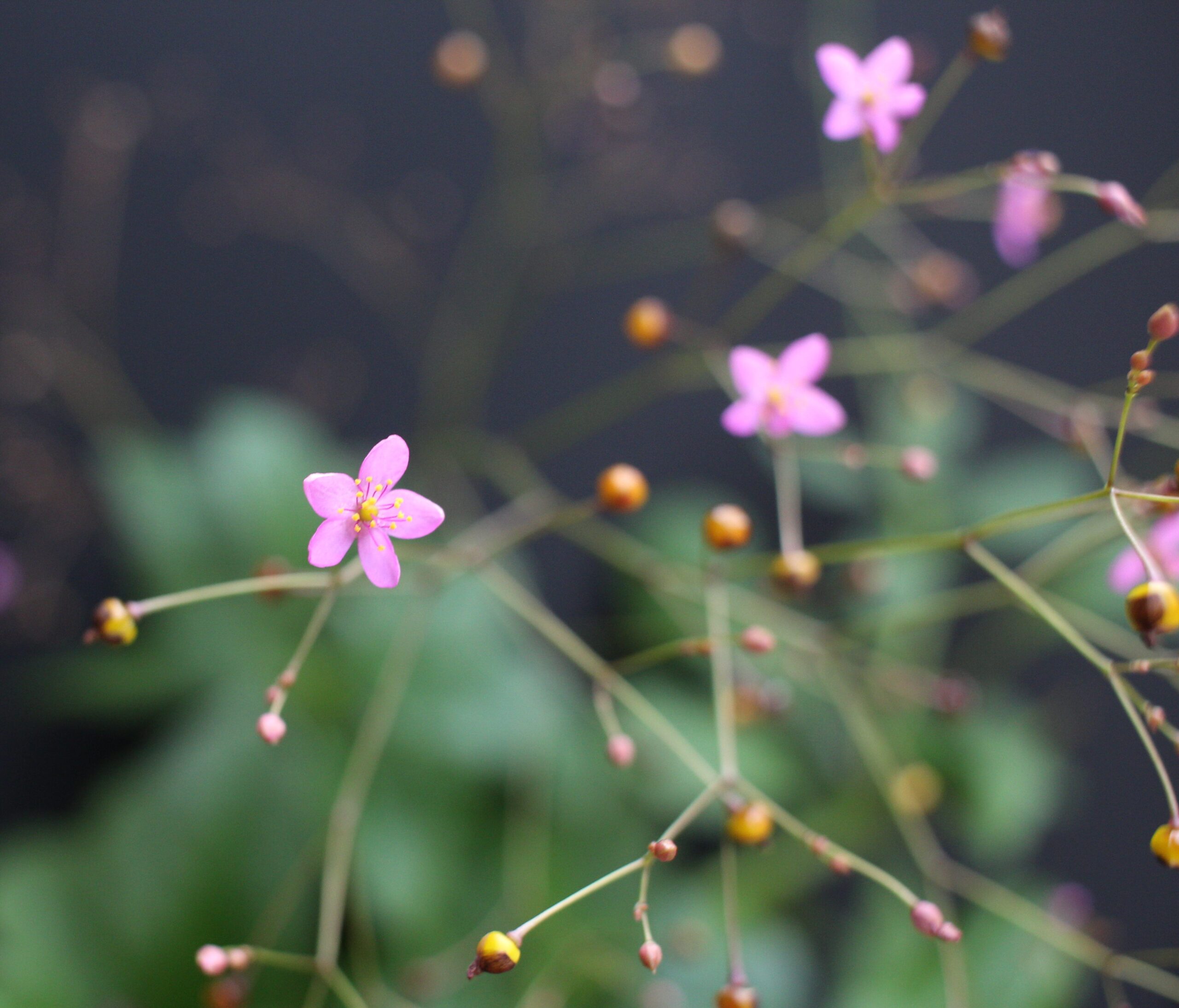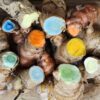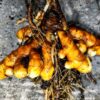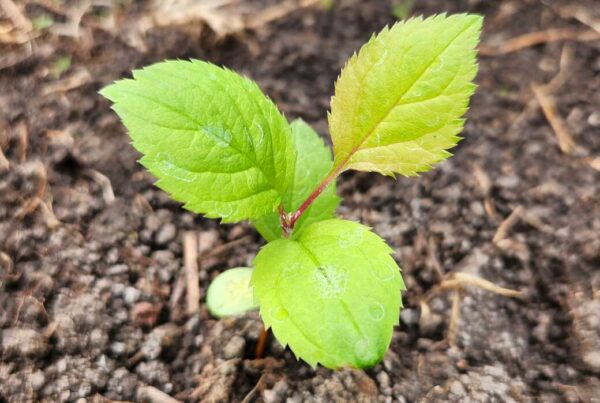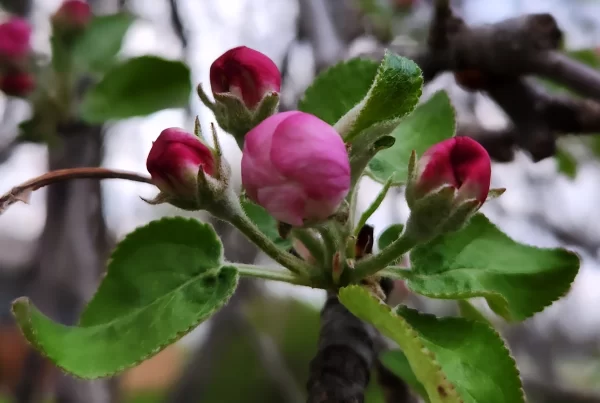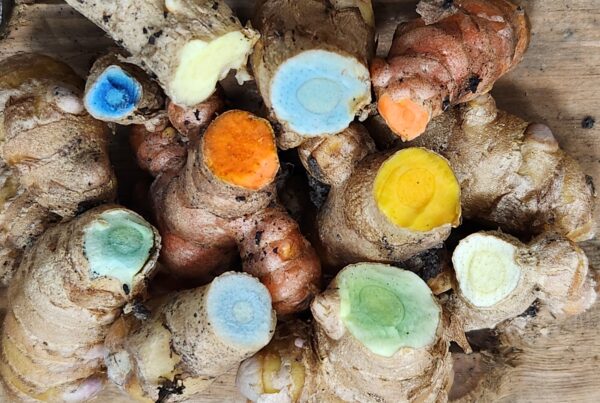
Jewels of Opar (talinum paniculatum), also called pink baby’s breath, is a hardy succulent with bright green leaves. I had never heard of it prior to my first plant swap. (If you’re new to Grumpy Pants Plants, check out this post for information on plant swaps and other fun ways to get more plants.) Mind you, I didn’t actually mean to go home with it. A small specimen was in the edible plants category, and I mistakenly thought the label said “Job’s tears,” which actually does not look anything like Jewels of Opar. Oops. Never one to get rid of a plant, I soon realized that this one seemed at home in my garden. In fact, it seemed happy at a time when my other edible greenery, such as lettuce and spinach, was beginning to look quite wilted.
Although lettuce and other leafy greens will grow well in Florida winters, they quickly die when spring heat rolls around. Not Jewels of Opar, however. They thrive and produce flowers, which become seeds, which become more plants. These succulents are not picky about soil type or amount, as I have found them growing in cracks in my porch that have minimal dirt. As you can see from the pictures on this post, the plants send up thin branches that flower and produce seeds. These branches will sway in the wind and often will deposit seeds into nearby garden beds. In one summer my first Jewels of Opar plant went from one to dozens. Not to worry- if they spring up in an unwanted location, simply tug gently and the plant and its shallow roots will be easily relocated.

Why grow Jewels of Opar?
- Reliable source of green, leafy vegetables in summer heat
- Taste good and are less slimy than most southern lettuce substitutes
- Easily self-seed
- Grow in sun or shade
- Pretty pink flowers that contrast nicely with greens/browns in your garden
- Attract bees and other pollinators
- Easy to transplant to other locations
- Doesn’t mind being ignored, unlike most of your other plants
How do you grow Jewels of Opar?
Find someone with seeds (or purchase them) and place those seeds in dirt. Water. Jewels of Opar seeds germinate easily and will quickly turn into green leafy vegetable producing machines. Once established, you can neglect them and they will continue to grow. As stated above, in my experience they are not picky about soil type, sun exposure, or weather, so long as the temperature is above freezing. They are perennial in zone 9 and above, so you can enjoy their beauty year-round.
To harvest, pick off some of the leaves. New leaves will probably grow back by the time you want another salad. You can also add them to sandwiches as a lettuce or spinach substitute. Mr. Grump, who is a fan of romaine lettuce, has stated that he enjoys when I put Jewels of Opar leaves on his sandwiches. They add a nice crunch, just as lettuce would.
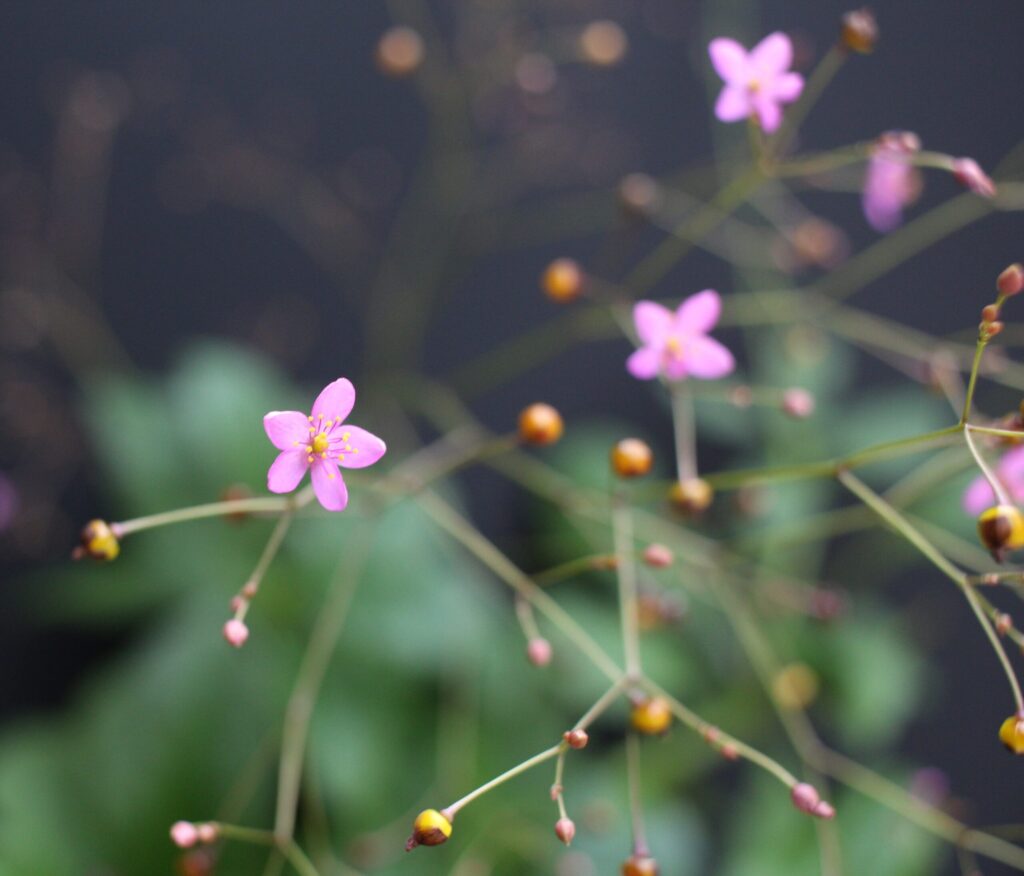
Looking for your own Jewels of Opar plant? You can find us at the Orange City, IA farmer’s market this summer (2023). We plan to have fresh vegetables, fruits, mushrooms, and herbs available this season, to include Jewels of Opar. We’ll also be selling extra produce at our road market stand in Alton. Feel free to reach out if you’re looking for anything in particular! We can be reached at [email protected].
In future posts, I plan to explore more possibilities for eating this green leafy succulent and incorporating it into recipes. Have you found other uses for Jewels of Opar? If so, feel free to post below! If you’re interested in planting another heat-tolerant vegetable, check out this post on growing okra!

